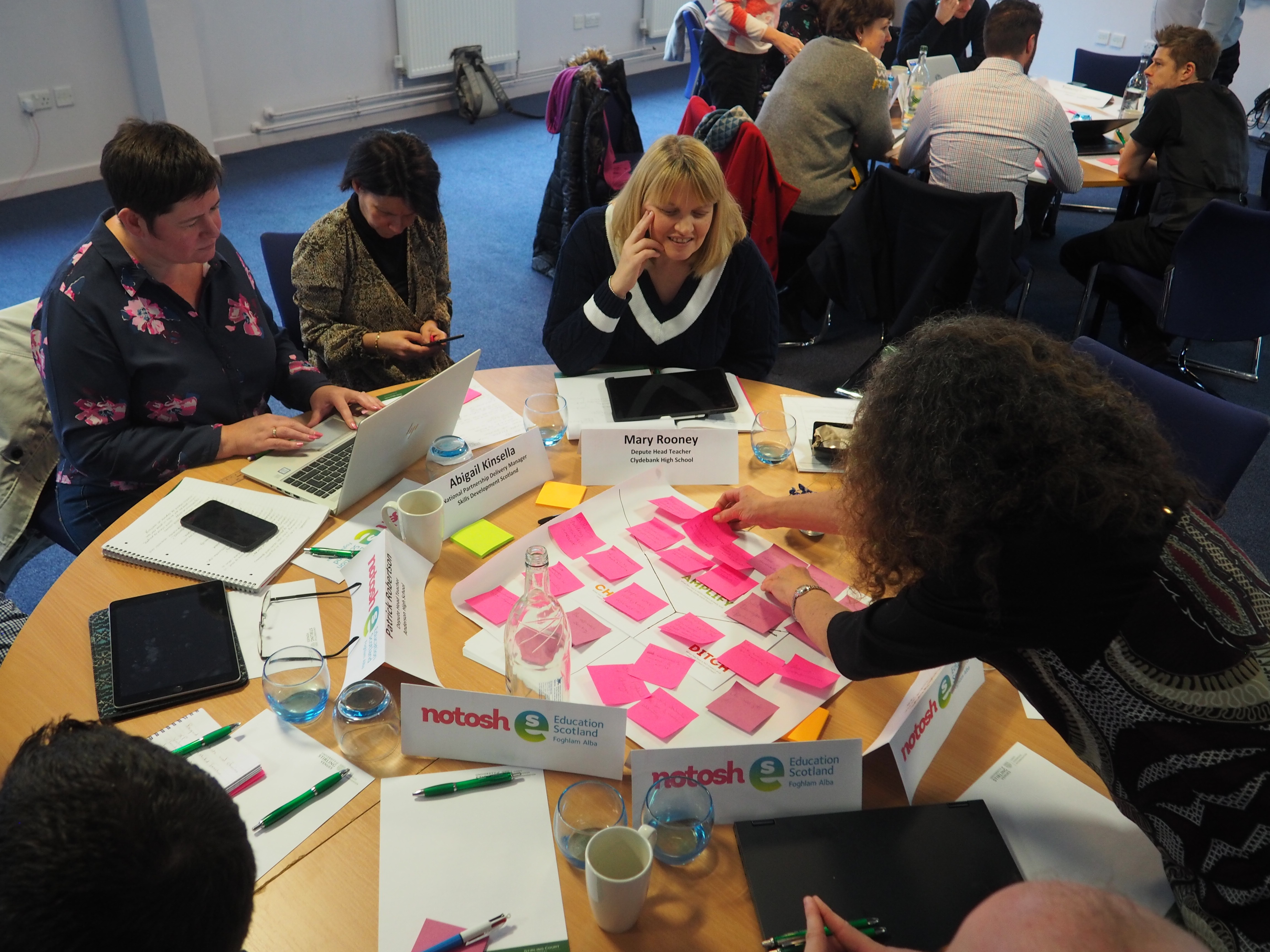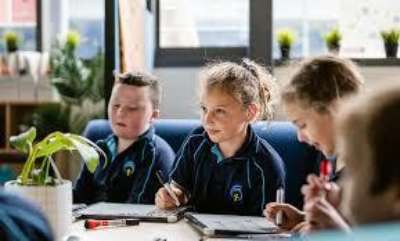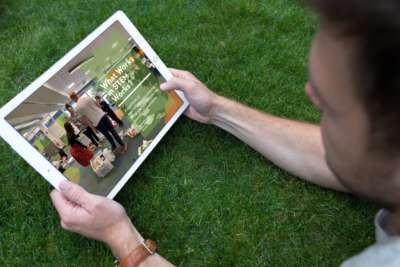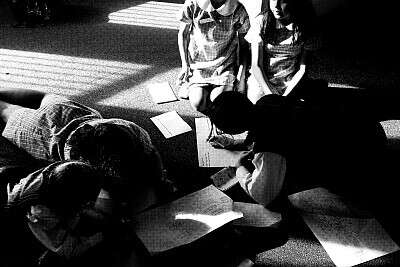7. The new normal - our choices
The COVID-19 pandemic was the watershed that no one predicted or proclaimed. The pandemic experience ‘shone a harsh light on the vulnerabilities and challenges’ (UNESCO: Education Sector, 2020) school communities faced in Scotland and globally. Rethinking education in the ‘new normal’ (Cahapay, 2020) poses sensitive and complex challenges to any next steps of the entire education system.
On the one hand, there’s a case for change, or at least rethinking how we teach and how learners learn. On the other hand, there’s a fatigued profession wary of significant change:
“This is a tired, stressed profession who are hunkering down. The tension around the reorganisation of the curriculum is coming at the wrong time. And when the chips are down, people resort to the accountability issues, rather than the ‘value added’ elements that can be seen as extras.” Local Authority Officer
“Stop launching new initiatives - give people some space and time - there’s not enough curriculum making.” Secondary Educator
“We are concerned that post-COVID families are more disengaged from the life of the school. Families are prioritising working - not coming to face-to-face meetings. I’m worried about the trauma of lockdown on high-risk kids.” Primary Educator
“‘Everything is possible, even the impossible’, said Mary Poppins. But even Mary Poppins would struggle to do it all as a teacher in Scotland.” Primary Educator
What choices are there on the four capacities?
Lose them
Perhaps the most straightforward choice would be just to ditch the four capacities. However, our research shows that all educators appreciate and acknowledge the original intention and purpose of the four capacities. So no one is saying get rid of the concept.
“Lots of discussion at the world education summit about the importance of character, attributes and skills - so it's an essential conversation to continue.” University Educator
But learners are unaware of their existence, few educators use them explicitly to inform their professional practice, and they seem to belong to a very different pre-COVID educational landscape.
There are those who use them in their planning and value them greatly. But some schools have ‘moved on’ and are already developing their own skills progression frameworks. If we are serious about decluttering and streamlining the curriculum, something has to give. This could be one choice.
Use them
The century-old concept of ‘curriculum making’ has become more broadly understood over the past few years. If the decision is to keep the four capacities, are we happy to allow the capacities to sit quietly in the corner? Or should we focus deliberately on the process of explicitly unpacking and perhaps adapting the original curriculum design intentions of the capacities?
Educators could develop a renewed shared vision of the four capacities and link them more explicitly to curriculum design, achievement and skills for life.
However, there’s always a risk of a return to tokenism. Whatever happens, flexibility is critical. The four capacities will vary in different contexts. Schools must be offered the agency to develop the concepts and language in diverse and authentic ways.
“We build curriculum around the child. We can maybe get away with that in our setting in a way that’s impossible in a mainstream setting.” Early Years Educator
Transform them
There is a third way: a transformative model (Kennedy, 2005) of curriculum making that embraces the tensions and conflicting agendas amongst the various stakeholders in education.
It wouldn’t be about reinventing the four capacities but reimagining how we think about the purpose of Scottish education in a post-COVID society.
Any process exploring curriculum and the four capacities must consider the ingrained policy dilemma and balance between learning, personal development, employability and children's rights.
A suggestion might be to rejuvenate the ambition of the curriculum through a broad, expansive human capabilities approach (Robeyns, 2006) which focuses on incrementally and expansively building potential rather than the current ‘boxed’ four capacities approach, which sets limits. The floor needs to be made concrete, but no ceiling - or box - should be placed on human capacity.
“How can an educator help young people unless they show young people they have potential?” CLD Educator
We shouldn’t be embarrassed talking about creative ideas. A new national debate might focus on a renewed set of purposes for the curriculum, updating the four capacities and pulling them further into the 21st century. We don’t need to ask young people, “why do you go to school?” - educators and learners are remarkably aligned on this already. Instead, we might ask learners and educators what they need and want from their learning settings. Above all, though, they have creative ideas of their own that they believe work for their context. The process of ‘making’ a curriculum document sits in the hands of educators, learners, and those working with young people in the third sector. But they need the time and space to experiment with fresh ideas and the platforms to share their ideas with each other.
Any future discussion or research should be sensitive to the current accountability demands of teachers and avoid reducing the conversation to ‘an elaborate public relations exercise’ (Munn et al., 2004, p. 450). The process requires careful thought, framing concrete and open questions about education for the common good. It has to bring different groups together in partnership to share perspectives and challenge assumptions. Curriculum-making is not solely the job of educators in mainstream school settings - too often, we forget that the remit and reach of Curriculum for Excellence encompass the expertise and experience of educators in Early Years, ASN, third sector and youth work settings. And they are incredibly successful and innovative at developing models of curriculum-making.
Policy debates and policy-making have, until now, primarily been based on adult elites facilitating, advising, consulting and filling in the gaps. As one Youth Work educator puts it: “What do very clever adults think young people need to do?” Learner voices take time and skill to gather. However, rarely do processes give enough time for practitioners to collect them, submit them, and make sense of them in a transparent manner. For example, one young P7 learner was worried about whether the adults would take any of his comments about the problem of littering seriously. Who will step forward as a responsible citizen to make sure that happens? A new set of purposes for the curriculum must be owned and enacted by everyone in education.
“The most important gift that we can give to our young …not just preparing them for a job, but learning to live a life, learning to deal with the world, learning to be a full person. In Chinese, they say, "xue zhuo ren" [‘learn to be a person’] and in schools, there are plenty of opportunities to learn to be a person…” (Center for Curriculum Redesign, 2012)
You can download the full paper (PDF), return to the overview or review the references.




